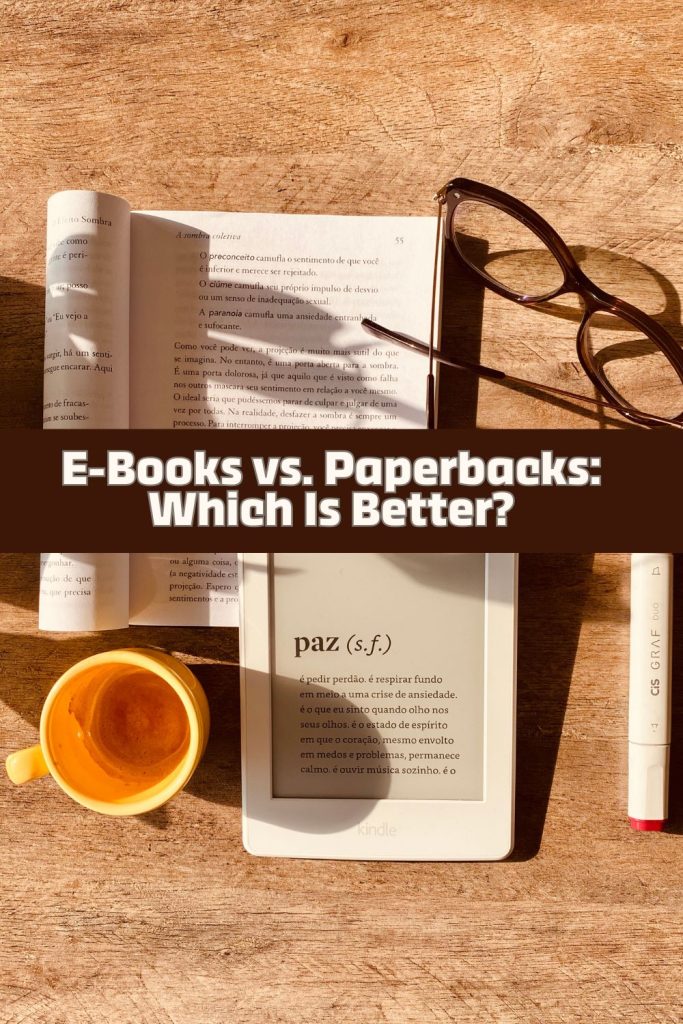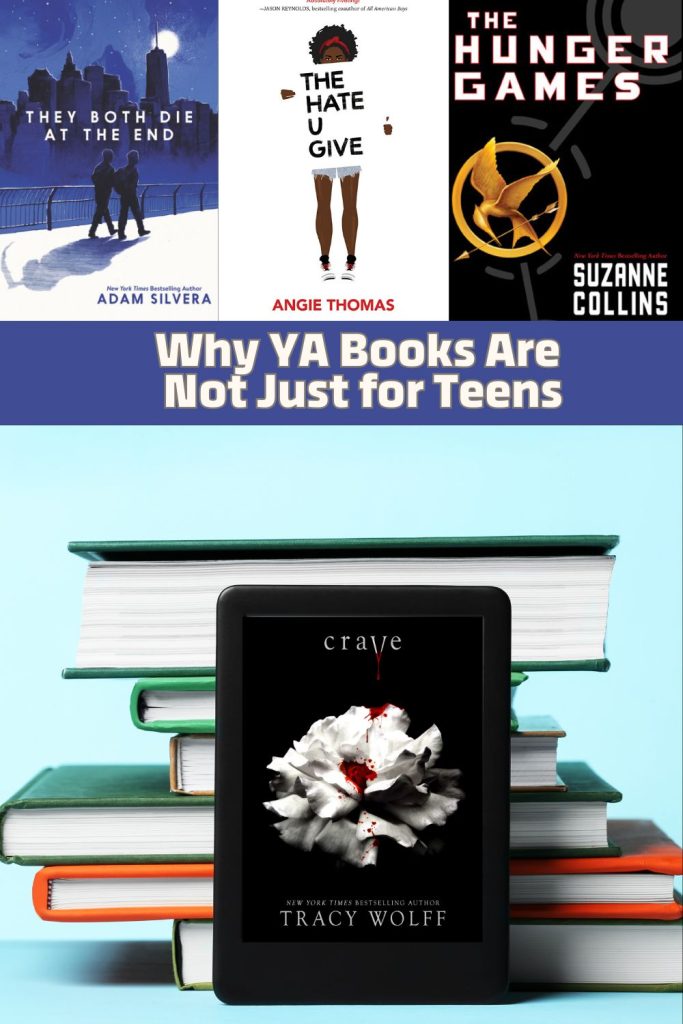E-Books vs. Paperbacks: Which Is Better?
For book lovers, the debate between e-books and paperbacks is never-ending. Each format has its own unique appeal, and the choice often comes down to personal preference. Whether you’re a fan of the smell of fresh paper or the convenience of carrying an entire library in your pocket, there’s no denying that both formats have their pros and cons. Let’s break down the key differences to help you decide which is best for you.
- Convenience and Portability
E-Books: With e-books, you can carry hundreds of titles in a single device. Whether you’re traveling or commuting, an e-reader like a Kindle or even your phone ensures you always have your favorite reads on hand. E-books also allow for instant purchases, so you can start reading right away.
Paperbacks: While paperbacks aren’t as portable as e-books, there’s something satisfying about holding a physical book in your hands. They don’t require batteries, making them perfect for long trips or cozy evenings at home.
- Reading Experience
E-Books: Adjustable font sizes, built-in dictionaries, and night modes make e-books a flexible option for all readers. Plus, many e-readers are lightweight, reducing strain during long reading sessions.
Paperbacks: There’s an undeniable charm to flipping through physical pages. The tactile experience of holding a book, the smell of fresh paper, and the joy of bookmarking your progress make paperbacks feel more personal. For some, the lack of screen time is an added bonus. Personally, I’ve always preferred having a physical book in my hands—there’s something special about feeling the pages and even smelling the book that an e-reader just can’t replicate. Though I own a Boox e-reader, I rarely use it because the experience of a physical book simply can’t be matched by a screen.
- Cost and Accessibility
E-Books: E-books are often cheaper than their paperback counterparts. Many platforms also offer free titles or subscription services like Kindle Unlimited, making it easier to access a wide range of books.
Paperbacks: While paperbacks can be pricier, they’re often easier to share or gift to others. Plus, they’re available in libraries and secondhand stores, offering budget-friendly options for avid readers.
- Environmental Impact
E-Books: With no paper or printing involved, e-books are generally considered more eco-friendly. However, the production and disposal of electronic devices do have an environmental footprint.
Paperbacks: Physical books require trees and energy to produce, but they’re biodegradable and don’t contribute to electronic waste. For environmentally conscious readers, buying secondhand or borrowing from libraries can help offset the impact.
- Sentimental Value
E-Books: While e-books offer convenience, they lack the emotional connection of a physical book. You can’t annotate them in the same way, and they don’t make for beautiful shelf displays.
Paperbacks: Paperbacks often carry sentimental value, whether it’s a beloved gift or a well-worn copy of your favorite novel. They’re also perfect for decorating bookshelves and creating a cozy atmosphere in your home.
Final Verdict
Ultimately, there’s no definitive answer to the e-books vs. paperbacks debate. E-books are perfect for tech-savvy readers who value convenience, while paperbacks offer a nostalgic and tangible reading experience. Why not enjoy the best of both worlds? Mix and match depending on your mood, lifestyle, and reading preferences. After all, the most important thing is the joy of reading, no matter the format.

